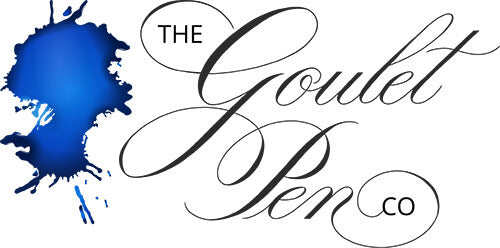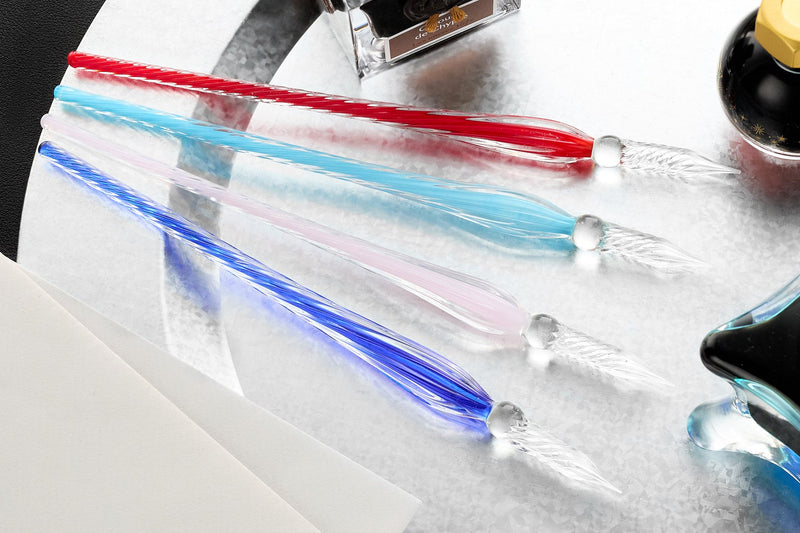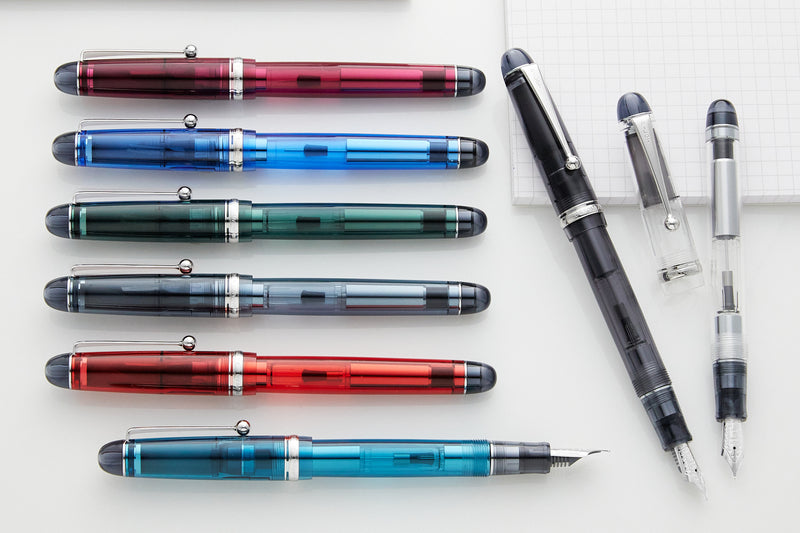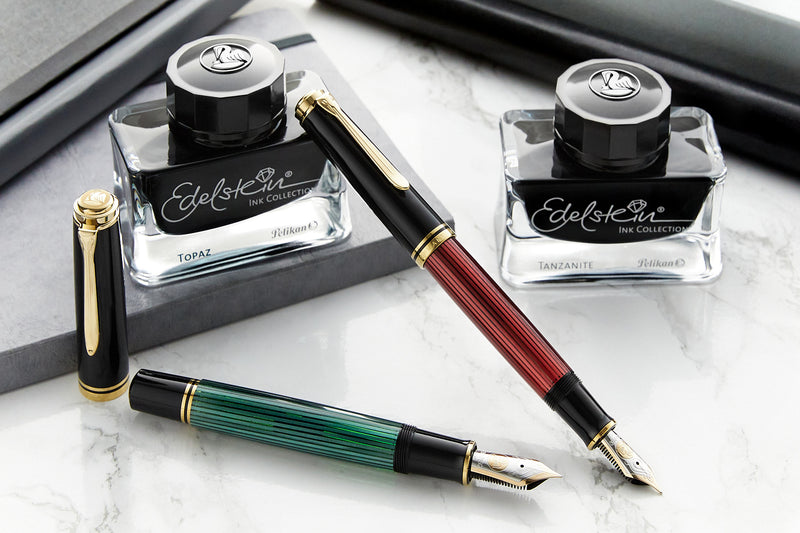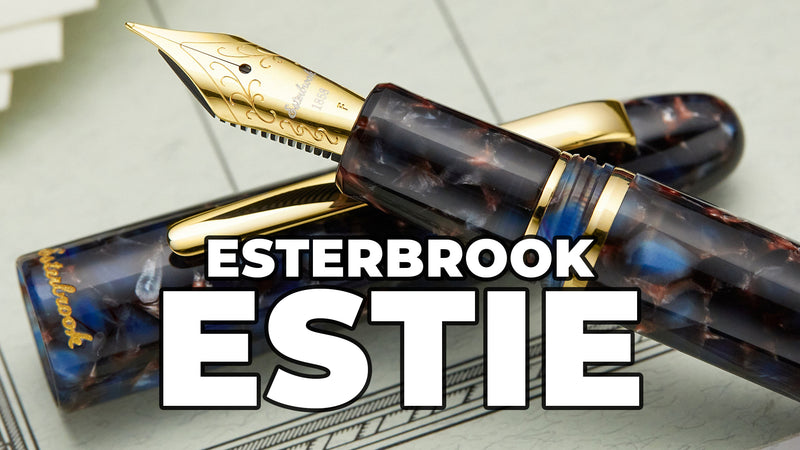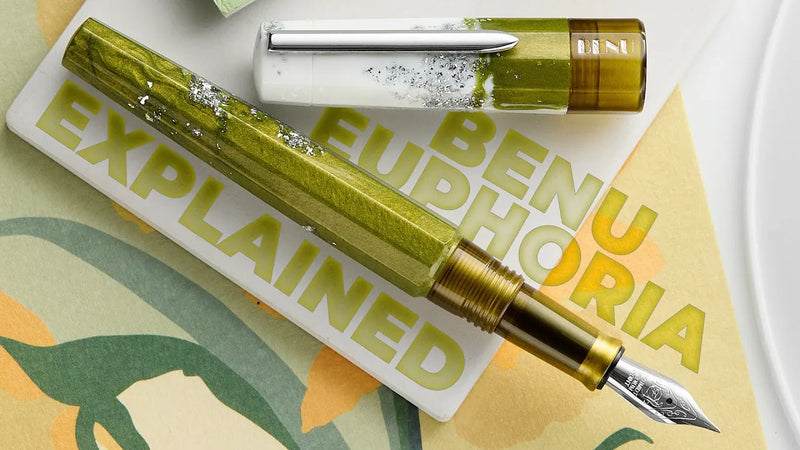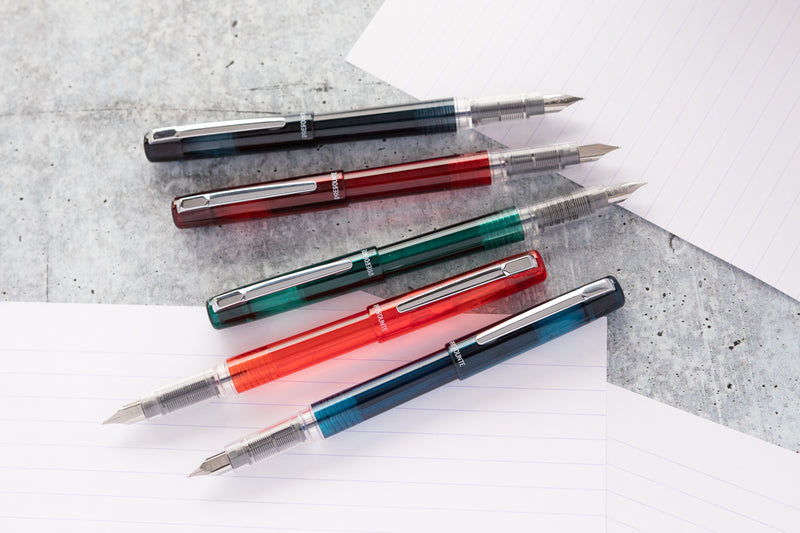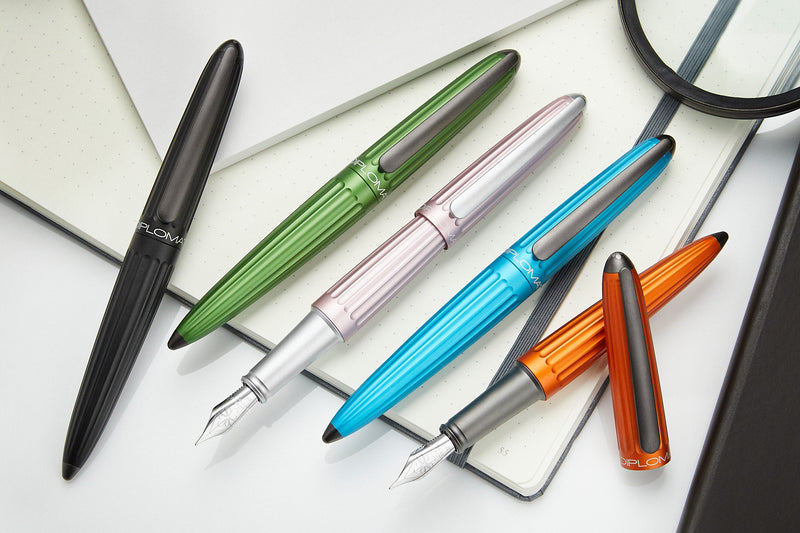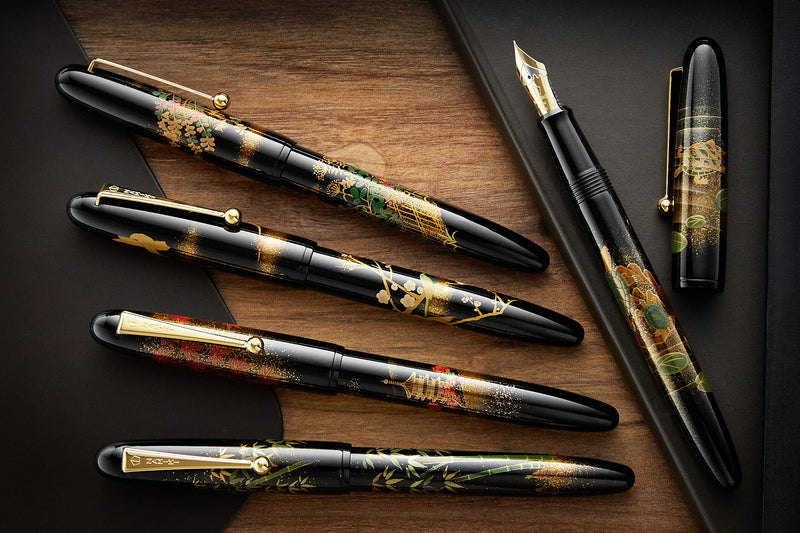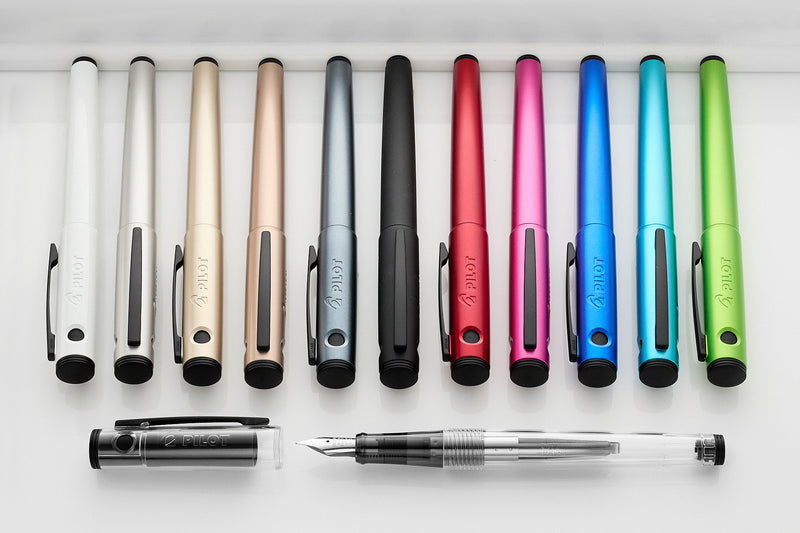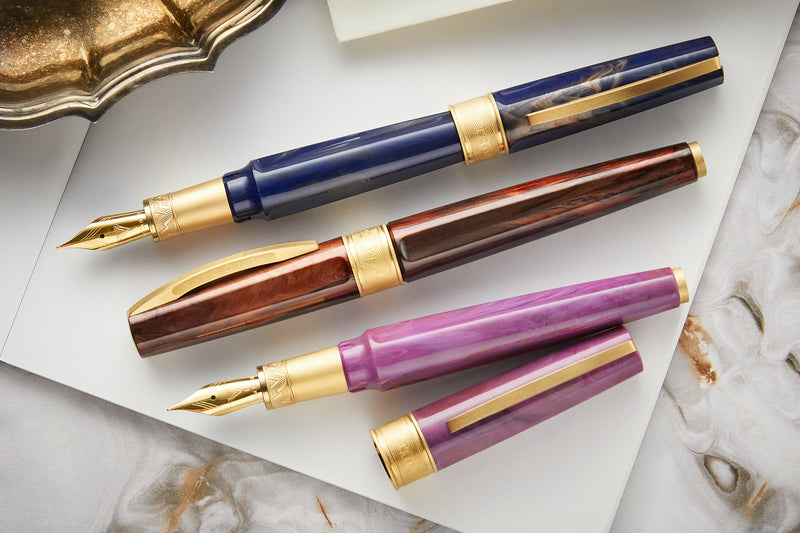Namiki Nippon Art Maki-e Fountain Pens Overview

Namiki Nippon Art Maki-e fountain pens exemplify a harmonious fusion of intricate craftsmanship, rooted in the Hira Maki-e technique, and the rich tapestry of traditional Japanese folklore and symbolism.
This fountain pen's timeless design serves as a meticulously crafted canvas, showcasing an array of awe-inspiring artistic embellishments, each steeped in captivating thematic narratives. This combination of artistry, symbolic depth, and practical utility culminates in a writing instrument of remarkable beauty and functionality. These extraordinary fountain pens are the result of collaborative efforts among a collective of artisans known as the Kokkokai.
The process begins with the meticulous application of Urushi lacquer onto the pen's body, serving as the foundation for the intricate designs. Precious metal powders, including gold and silver, are artfully employed to infuse life into the designs, transforming them into captivating masterpieces adorning the pen's surface. Subsequent layers of Urushi lacquer are delicately added and allowed to cure, enhancing the pen's durability and aesthetic appeal. The final stage involves expert polishing, resulting in a breathtakingly detailed work of art.

Each Namiki Nippon Art Maki-e fountain pen is equipped with a 14k gold nib, featuring an outline of the iconic Mt. Fuji and the distinguished Namiki emblem. These nibs offer an incredibly smooth writing experience, whether you're embarking on the creation of your magnum opus or simply signing your name with finesse.

The Namiki Nippon Art Maki-e fountain pens use a Con-70 converter. This vacuum filling method allows for a large ink capacity, ideal for long writing sessions. It can be a bit tough to fill the converter the first time, so we recommend you watch this video on how to expertly fill a Con-70 converter.
We are pleased to be carrying four different types of Nippon Art fountain pens. Each has a different story and symbolic meaning, but all are stunning and functional works of art.
Namiki Nippon Art Chinese Phoenix
The Chinese Phoenix has held a place of esteem throughout the ages. A symbol of heaven's grace, virtue, and favor, it is seen in countless works of Japanese art. Aptly associated with the element of fire, it can also represent of the union of yin and yang. Like the mythical western phoenix, the Chinese Phoenix is said to be immortal, dying a fiery death and then rising again from the ashes.
The Namiki Nippon Art Maki-e Chinese Phoenix is available with a fine or medium nib.
Namiki Nippon Art Crane and Turtle

The Crane and Turtle is a Japanese fable. A turtle and two cranes lived at a river bend and were good friends. A drought came to the area and the river dried up. The cranes were able to fly away and find new water, but the turtle was not so lucky. The Cranes offered to fly the turtle away by carrying a stick in their mouths, while the turtle clamped on to the stick. They warned the turtle not to open his mouth, or he would fall. He heartily agreed. In this manner, they took off for a new river bend to make their home. However, as they were flying over a rice paddy, the turtle opened his mouth to greet the laborers and plummeted to his death. The moral of the story? Those who do not listen to their friends suffer the consequences.
The Namiki Nippon Art Crane and Turtle is available in fine and medium nibs.
Namiki Nippon Art Maki-e Dragon with Cumulus
The dragon of good luck in Japan is called Fuku Riu. While Western dragons are often portrayed as fire breathing beasts bent on destruction, Japanese dragons are often seen as benevolent and even lucky creatures. The happy dragon ascending into the clouds represents good luck and abundance.
The Namiki Nippon Art Maki-e Dragon with Cumulus fountain pen is available in fine and medium nib sizes.
Namiki Nippon Art Golden Pheasant
The Golden Pheasant is a native bird of China, where it is admired for its beauty. It is a striking animal with feathers of golden red. In Japan, it is often depicted as the ambassador of the sun goddess. Like the phoenix, it is seen as a symbol of male energy and associated with fire and life force.
The Namiki Nippon Art Golden Pheasant fountain pen is available in fine and medium nibs.
Namiki Nippon Art Maki-e fountain pens seamlessly blend intricate craftsmanship with traditional Japanese themes. The time and artistry that goes into each pen takes decades to learn and perfect, so each pen is designed by a master of the Urushi craft. These pens are works of art, and we hope you can check one out in person.

